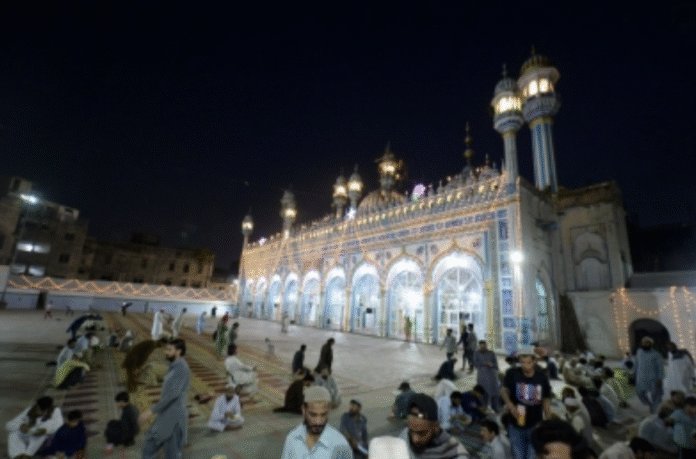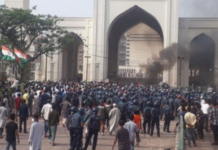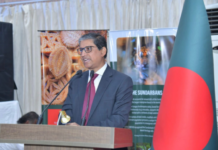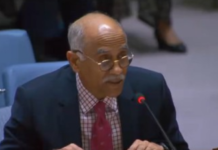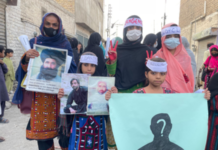New Delhi– In a striking revelation, Pakistan’s first-ever Economic Census since its independence in 1947 has exposed glaring structural imbalances in the country’s social infrastructure.
The data shows that Pakistan has over twice as many mosques as schools, and far fewer hospitals and factories—raising serious concerns about priorities in a country of 250 million, the majority of whom live below the poverty line.
According to the census, there are over 600,000 mosques and 36,000 religious seminaries (madrasas) in Pakistan. In contrast, the number of educational institutions is far lower, with only 269,000 schools, 11,568 colleges, and a mere 214 universities across the nation. The healthcare sector fares no better, with just 119,000 hospitals and clinics—equating to one hospital for every 2,083 people, in a country battling high levels of malnutrition, disease, and maternal mortality.
This stark imbalance not only highlights the lack of educational and medical access, but also underlines systemic neglect in the sectors critical to Pakistan’s human development and economic resilience.
Economy Marked by Informality and Micro Enterprises
The census paints a sobering picture of Pakistan’s economy. Of the 7.14 million economic establishments identified, only 250,000 are registered with the Securities and Exchange Commission of Pakistan (SECP)—underscoring the highly informal nature of the economy.
Despite employing 25.3 million people, the business ecosystem is dominated by micro and small enterprises, with 95% employing fewer than 10 people. The services sector alone accounts for 58% of the total workforce, while manufacturing and production sectors remain underdeveloped.
The census also notes that 10.9 million individuals are engaged in subsistence-level activities such as livestock rearing (5.6 million), tailoring (419,000), and online gig work (93,000). While this reflects a population that is resourceful and industrious, it also highlights the lack of formal employment opportunities and weak industrial growth.
Deep Regional and Structural Disparities
The data further reveals regional disparities within Pakistan, with Punjab and Sindh far ahead in terms of economic establishments and social infrastructure compared to Khyber Pakhtunkhwa and Balochistan. These gaps mirror long-standing challenges in resource allocation and regional development.
First Economic Census in 77 Years
Planning Minister Ahsan Iqbal, who released the findings, acknowledged that this was the first economic census ever conducted in Pakistan, whereas neighboring countries have completed multiple rounds over the decades. The long delay in undertaking such a critical exercise raises concerns over national planning and governance.
Analysts argue that Pakistan’s military-dominated political structure has contributed to this neglect, with defence spending often prioritized over social infrastructure and economic planning.
“The census is both a wake-up call and an opportunity,” said a senior economist familiar with the findings. “The data underscores the urgent need to realign national priorities toward education, healthcare, and industrial development.”
As Pakistan faces mounting debt, stalled IMF negotiations, and rising public discontent, the findings from this economic census may prove pivotal in shaping policy debates and long-overdue reforms. (Source: IANS)


